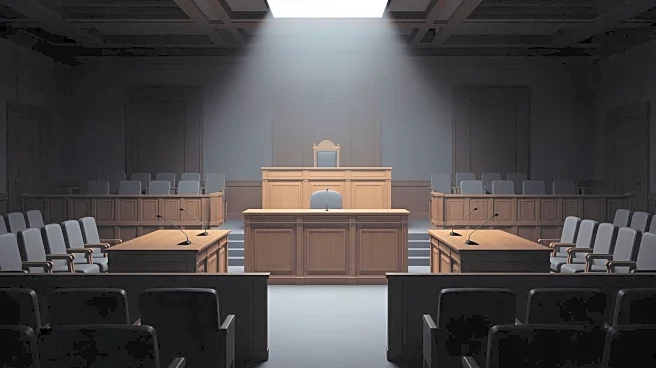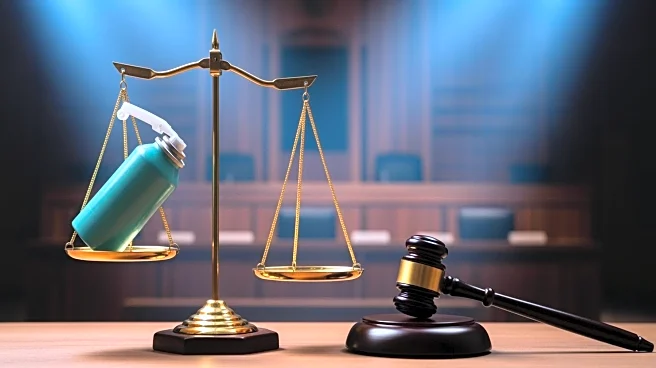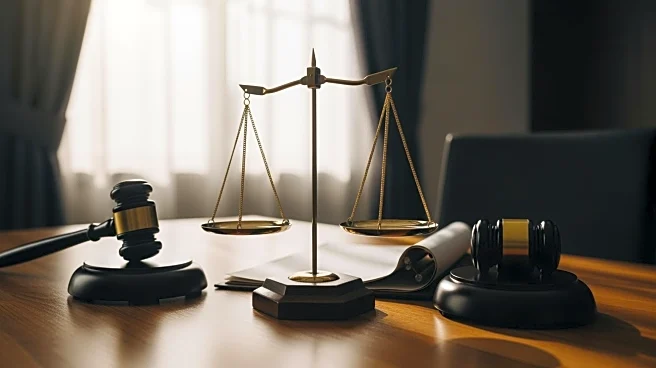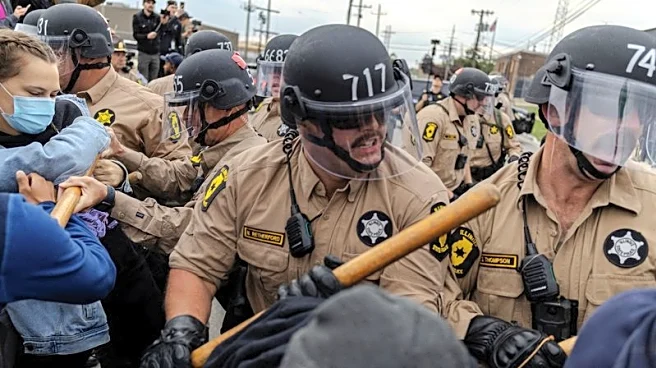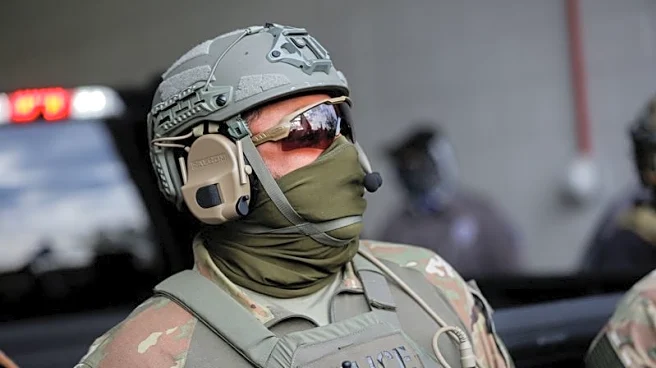What's Happening?
Federal officials are being called to testify in a Chicago court regarding the response to recent protests against Immigration and Customs Enforcement (ICE) operations. U.S. District Judge Sara Ellis has
expanded her temporary restraining order to mandate body-worn cameras for agents during protests. Concerns have been raised about the use of tear gas and pepper balls without warning, prompting Ellis to question the adherence to her order. The hearing revealed that while Customs and Border Protection (CBP) agents are equipped with body cameras, ICE's Special Response Teams lack them due to congressional approval requirements. The protests are part of Operation Midway Blitz, a recent ICE deployment in Chicago, resulting in over 1,000 arrests of migrants. The hearing also addressed the training of ICE agents in crowd control and handling journalists, with testimonies from CBP Deputy Incident Commander Kyle Harvick and ICE Deputy Field Office Director Shawn Byers.
Why It's Important?
The testimony and ongoing legal scrutiny highlight the tension between federal enforcement actions and civil liberties during protests. The requirement for body cameras aims to increase transparency and accountability in law enforcement practices, particularly in handling demonstrations. The situation underscores the broader debate on immigration enforcement and civil rights, with potential implications for public trust in federal agencies. Advocacy groups and civil society may view these developments as a step towards ensuring more humane and lawful treatment of protesters and detainees. The outcome of these hearings could influence future policies and operational protocols for federal agents involved in crowd control and immigration enforcement.
What's Next?
Judge Ellis plans to continue questioning top federal officials, including former interim head of Chicago's ICE field office Russell Hott, to gain further insights into the ground-level operations during the protests. The ongoing legal proceedings may lead to additional policy changes or restrictions on federal agents' tactics during demonstrations. Advocacy groups and civil rights organizations are likely to monitor these developments closely, potentially leading to further legal challenges or calls for reform. The broader implications for immigration policy and enforcement practices remain uncertain, with potential impacts on future operations and public perception of federal agencies.
